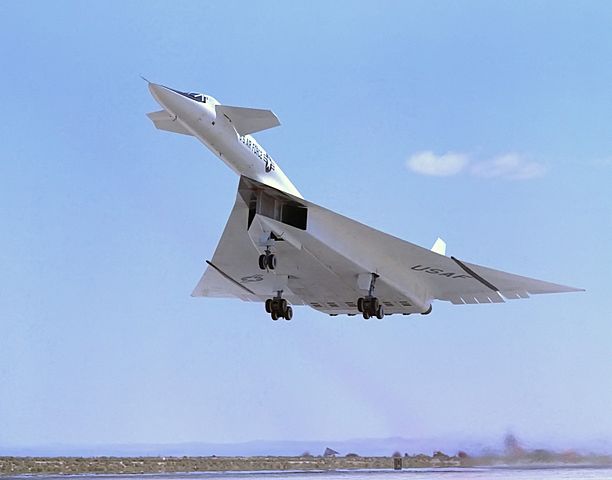[post_page_title]North American XB-70 Valkyrie[/post_page_title]
The name of this plane may ring a bell, as Valkyrie is known in Norse mythology as ‘the chooser of the slain’. If that sounds daunting then just wait until you learn more about this prototype plane. It was built to be armed with nuclear weapons and to reach such a speed that it would be practically immune to interceptors. The construction of the XB 70 started in 1955 when the United Stated Airforce requested to have a bomber with a Mach 3 that could fly extremely high while being able to carry heavy machine guns. Due to some great technological advances during those years, it was possible to create such an aircraft.

Essentially, this was going to be one seriously deadly aircraft. The program was started in the early 1960s, cost $1.5 billion, and then was scrapped in 1969.
